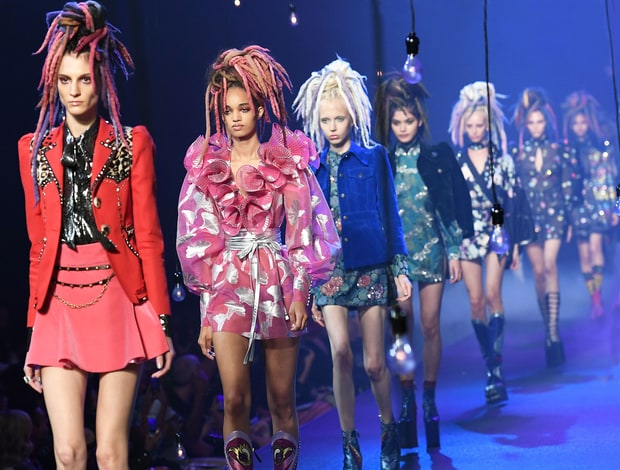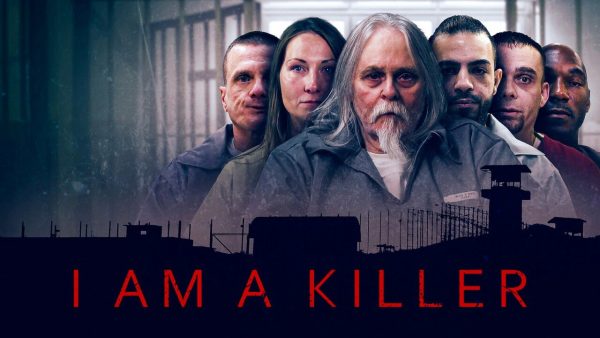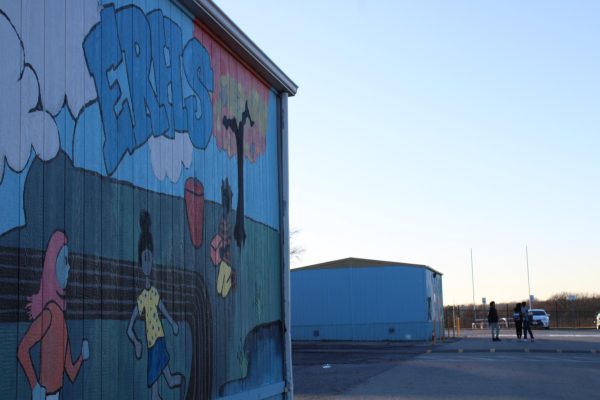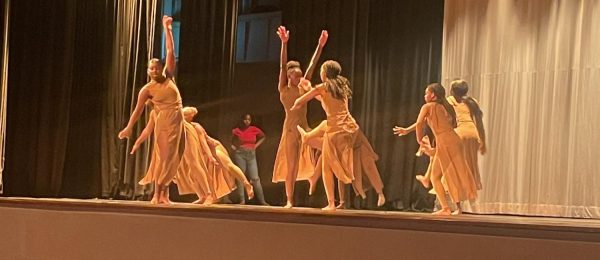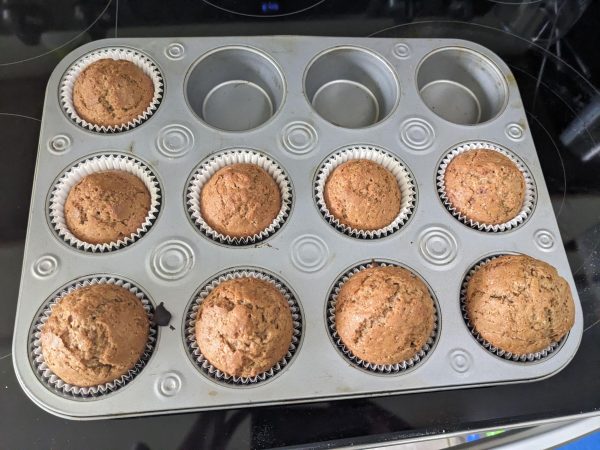Cultural Appropriation in Fashion
October 26, 2016
On September 15, Marc Jacobs showcased his Spring 2017 line at New York Fashion Week. The predominantly white models were met with criticism as they walked out onto the runway with colorful dreadlocks, and rightfully so.
In response to the criticism, Jacobs said “I respect and am inspired by people and how they look. I don’t see color or race – I see people. I’m sorry to read that so many people are so narrow minded … Love is the answer. Appreciation of all and inspiration from anywhere is a beautiful thing.”
There are so many things wrong here but let’s start with the concept of color blindness. It’s easy for a rich white man to say he doesn’t see color or race when he’s at the top of the social hierarchy sitting easy with privilege, but race does matter. Not only is it a key part of a lot of people’s identities, but it also affects how we’re treated in society. People of color are constantly forced to pay attention to their race because of everything from blatant racism to subtle micro-aggressions. We don’t get to pretend that we’re all treated the same.
Now to the main part of his response, appreciation versus appropriation.
The fashion industry has many faults- it promotes Eurocentric beauty standards, an idealized body size, and cultural appropriation, among other things. By using dreadlocks in his show on non-black models, he didn’t appreciate black culture but instead appropriated it. Cultural appropriation refers to when someone takes intellectual property, traditional knowledge, or cultural expressions without permission from a marginalized group. This can include a wide variety of things including language, dress, and dance.
So why is it even an issue? Well “borrowing”, as it’s often called, from minority groups exploits their culture while they continue to be disenfranchised. Basically, people just pick and choose aspects of other cultures that they like, parade them around, and then get back to their lives when they’re done while other people have to deal with the stereotypes and problems that come with being from that culture.
Dreadlocks specifically are a natural hairstyle for many black people and a protective style that has become a part of their culture. But when black people wear dreads, they’re deemed unprofessional and dirty among other negative stereotypes to the point where they’re denied jobs for having them. Recently, a federal appeals court even ruled that banning employees from wearing their hair in dreadlocks isn’t racial discrimination. When Zendaya Coleman wore dreads to a red carpet event, Giuliana Rancic from the show, “Fashion Police,” said they make her look like she “smells like patchouli oil. Or, weed.”. Yet, when Kylie Jenner decided to get dreadlocks, she was praised. The privilege white people have is emphasized with the double standards in how dreads are perceived.
At the end of the day, there’s no reason to take things from another person’s culture, especially when they’re already being disenfranchised.


